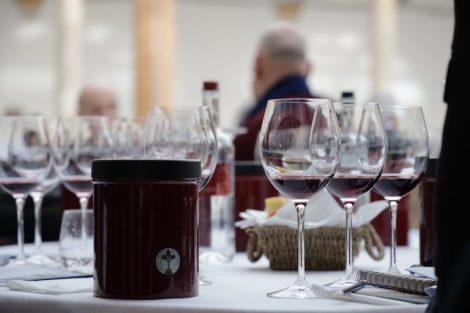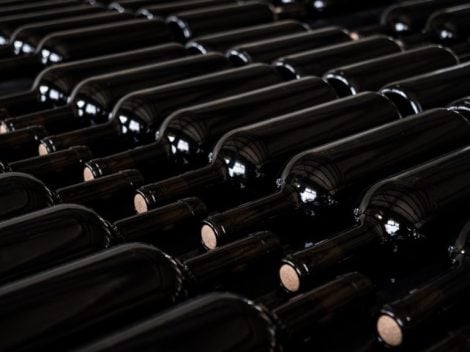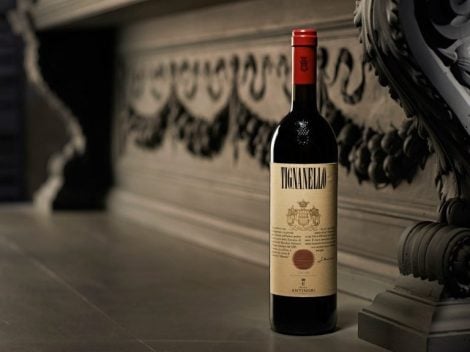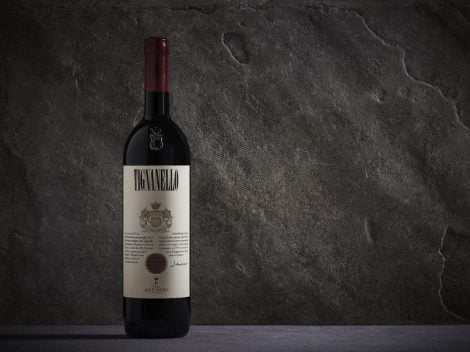Why has the amphora become a fashion phenomenon? Why is it so closely connected to the concept of artisanal wine? Isn't it excessive to talk about a revolution? These questions arose at the first event dedicated to clay containers, organized by Merano WineFestival and Vinitaly in Verona at the Gallerie Mercatali: an experience that led us to rediscover Georgia and its winemaking history, engaging with producers, journalists, and masters of wine. The variables are numerous: clay, cocciopesto, and stoneware, as well as the diverse interpretations in craftsmanship, shape, and objectives. Naturally, the wine scene is complex, with many nuances.
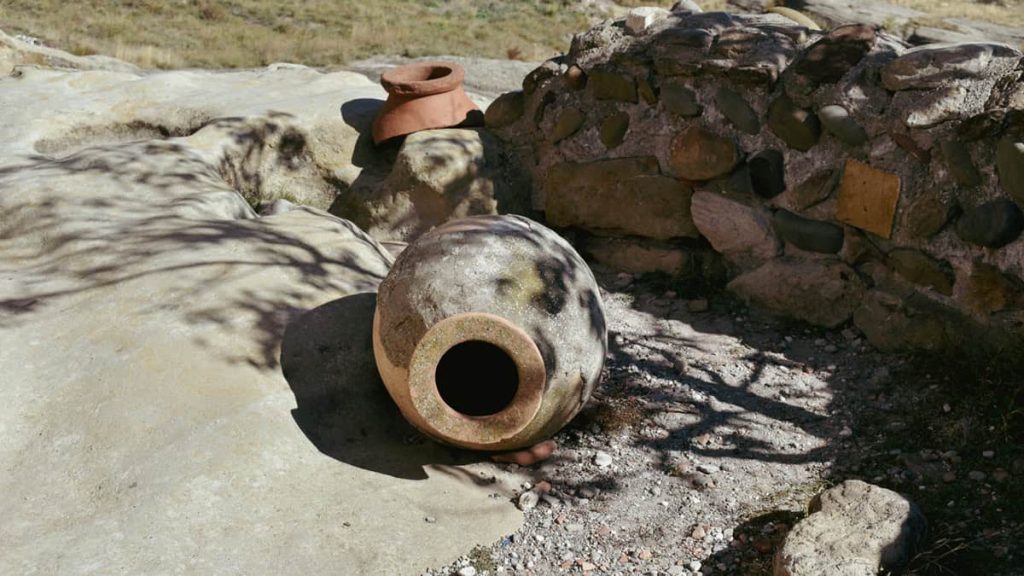
The Qvevri: the origin of amphorae
The name of the event, Amphora Revolution, echoes the famous title of the book Amber Revolution by British journalist Simon J. Woolf, published in 2017. This creates an initial connection that, on one hand, makes it easy to identify the link between container and style but, on the other hand, confines the winemaking choices of producers who have dedicated part of their production—or even all of it—to amphora wines. Woolf’s book recounts his personal epiphany with so-called orange wines, or amber wines. These are white wines that remain on their skins (and red wines also end up in amphorae). Depending on the maceration time, the wine will be fuller, denser, more tannic, and intensely coloured. This enological process—maceration—is not necessarily linked to a wine container. Yet, the narrative of these white wines vinified as if they were reds almost immediately found its “container of choice,” the amphora. The historical accreditation is prestigious: in Georgia, in the Caucasus region, qvevri, buried amphorae, have always hosted wine and its skins. Dealing with a porous material like clay, the lees protected the wine from oxidation, leading to long maceration times. It's difficult to precisely date the origins of the method, but historians suggest six to eight thousand years. The popularity, however, has Italian-Slovenian roots and is named after Josko Gravner, the Oslavia producer who made qvevri known in Italy and the rest of the world.

Recalibrated Macerations
Skin maceration has significantly shortened in recent years. A tour among the producers at Amphora Revolution reveals that “the Italian way” does not necessarily follow the equation amphora=maceration. Michele Bean plays the dual role of wine and amphora producer. He is a winemaker in Friuli with the Roi Clâr company in Udine province and deals with wine containers in Umbria with the Sirio company. His rule, in both trades, is clarity: "I use the image of amphorae on my labels because I needed to be recognized, but my goal is to remove them and focus solely on the wine. I only have one macerated wine, which is Pinot Grigio, because otherwise, it wouldn’t have color. All my other wines ferment in steel and spend a year in amphorae only after being racked." His amphorae, branded Sirio, are made from a mix of ceramic matrix clays developed through nanotechnology: they aim to provide the right porosity to the amphora, ensuring optimal oxygenation. They are made with molds and produced in the golden section: "I use the amphora because I work with very old vineyards, from sixty to over a hundred years old, and it’s the only way to preserve the delicate aromas of the fruit." Indeed, his Friuli Colli Orientali Friulano 2021 is tense, yet creamy, very long, with delicate notes of summer fruit. It comes from a vineyard planted in 1918.
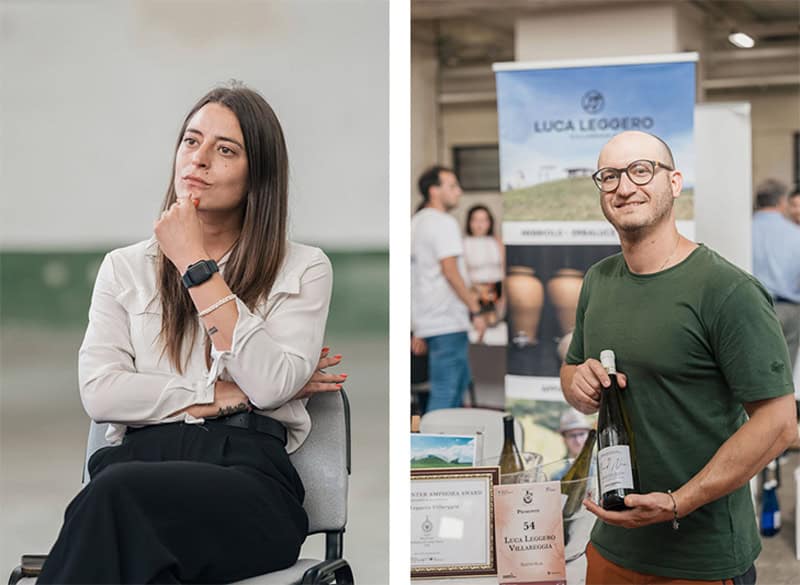
Elena Casadei and Luca Leggero
Tastes more aligned with the young
A similar clarity of intent and product is reached by Elena Casadei, albeit through different paths. The young Tuscan winemaker has a project distinct from her family’s. It’s called Le Anfore because she chose only these containers, with both Georgian qvevri and terracotta amphorae made by Artenova. With these, she works on the grapes from three different estates. For example, with the cannonau from the Sardinian estate, fermentation takes place in qvevri for a month, and ageing continues for 6-7 months in jars made in Impruneta. Her Isola di Nuraghi 2022 is harmonious and crunchy, and despite significant extraction, it is luminous and transparent, a wine bursting with cherry flavor. Ancient methods chosen by a thirty-year-old. "Using tools known for millennia," explains Casadei, "connects the past with today’s scientific research: I believe this is a message that resonates with the young." Equally young and pragmatic in his approach to amphora and maceration is Luca Leggero from the Canavese region, who uses amphorae for Erbaluce di Caluso Rend Nen, whose grapes are vinified in terracotta amphorae of 16 and 7.5 hectoliters for about six months: "We chose Tava amphorae, which are ceramic and not clay, a more technical material for controlling micro-oxygenation. The goal is to preserve a delicate grape growing on thin, sandy morainic hills." This 2021 label is subtle and vertical, with aromas of melon, plum, and lemon peel, also revealing briny notes.
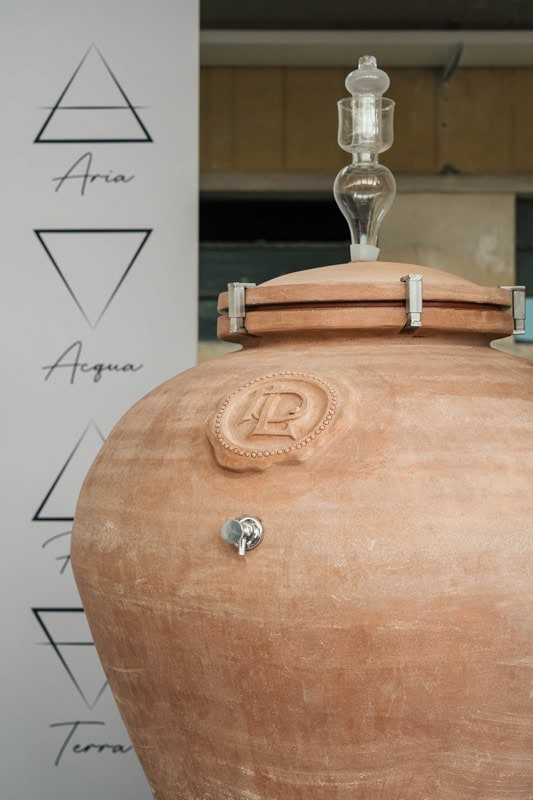
Amphorae as a maternal womb
Discussions about Georgia and Caucasian winemaking traditions are more numerous than the wine that results from it. During one of the conferences at Amphora Revolution, David Maghradze, head of the National Wine Agency of Georgia, emphasized that out of 1.8 million hectoliters of wine, only two to three percent is made using the ancient method of buried amphorae sealed with beeswax, recognized as an Intangible Cultural Heritage by UNESCO in 2013. Thus, there is a message far more potent than the numbers. Professor Attilio Scienza, a leading expert in viticulture and enology, speaks of myths, archetypes, and even the "maternal womb" in reference to clay wine vessels. "In a context where alcohol has become feared again," explains Scienza, "this can be exorcised with culture, explaining that wine has been made for millennia and always consumed. The amphora overcomes the prejudice against an interventionist enology. It’s no coincidence that the amphora wine world is partly associated with the natural wine movement."

Andrea Lonardo
Don’t banalize amphorae and maceration”
Andrea Lonardi, Master of Wine, also supports the idea of the amphora as a “messenger,” provided that the tool’s use isn’t trivialized. "More and more producers," explains Lonardi, "choose these containers to meet contemporary tastes, which, unlike in the past, want less wood. These two significant oppositions hold: on one side, industrial wine recognized by conventional tools—wood and steel—and on the other, the artisanal world sending different messages to consumers. The amphora is one of these messages. Personally, I don’t believe industrial wine is made in steel nor artisanal wine in amphorae: there are well-made wines, and the younger generation understands this because they are more connected to authenticity."

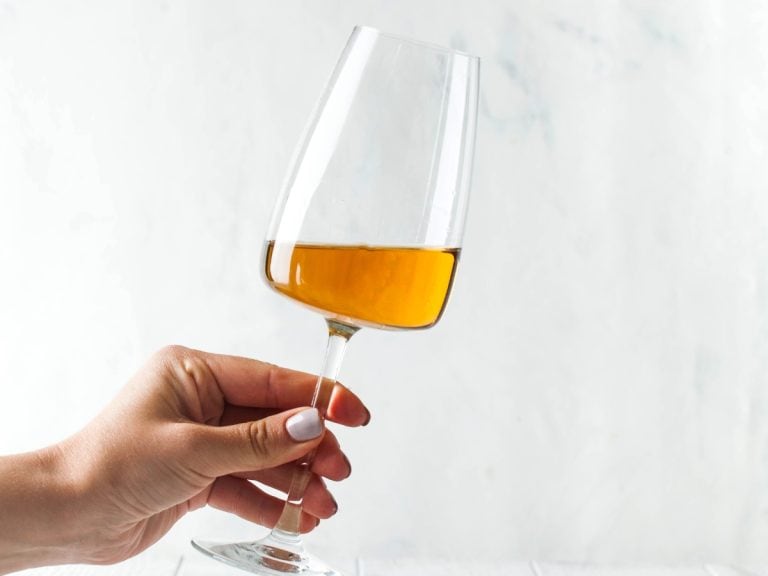
 "I opened 85 pizzerias, now I hire seniors": the story of the Italian who made Neapolitan Pizza popular in Japan
"I opened 85 pizzerias, now I hire seniors": the story of the Italian who made Neapolitan Pizza popular in Japan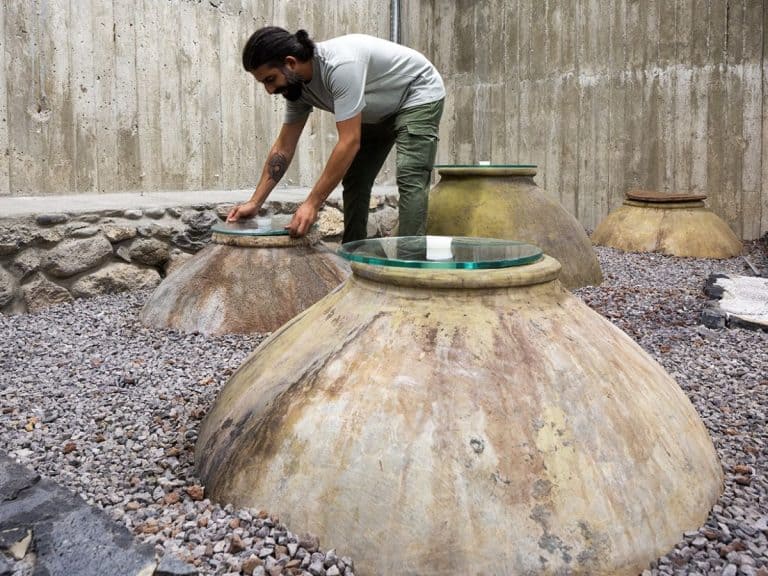 The awakening of Armenian wine: a revolution rooted in history and geopolitics
The awakening of Armenian wine: a revolution rooted in history and geopolitics Timorasso: the red wine dressed as white from the Colli Tortonesi. Here are the 16 best labels
Timorasso: the red wine dressed as white from the Colli Tortonesi. Here are the 16 best labels It’s official: China joins the International Organisation of Vine and Wine
It’s official: China joins the International Organisation of Vine and Wine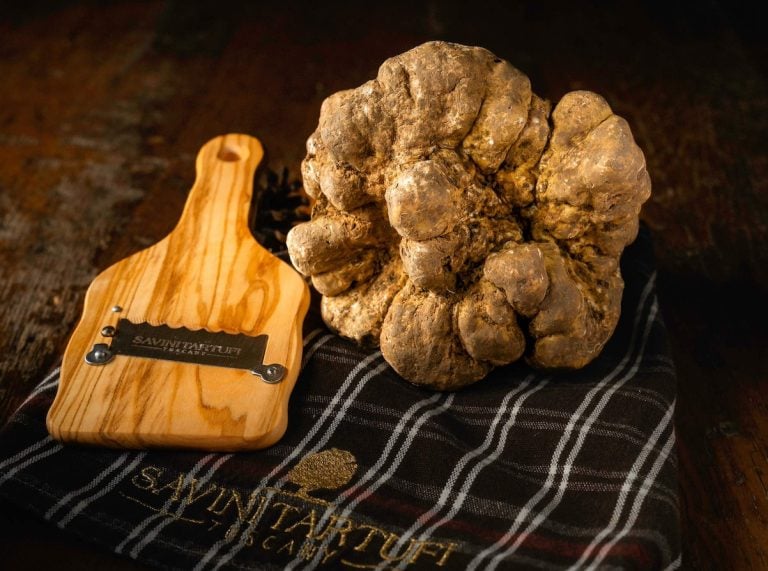 How and where to buy white truffle from Alba at a fair price: tips from an expert
How and where to buy white truffle from Alba at a fair price: tips from an expert

